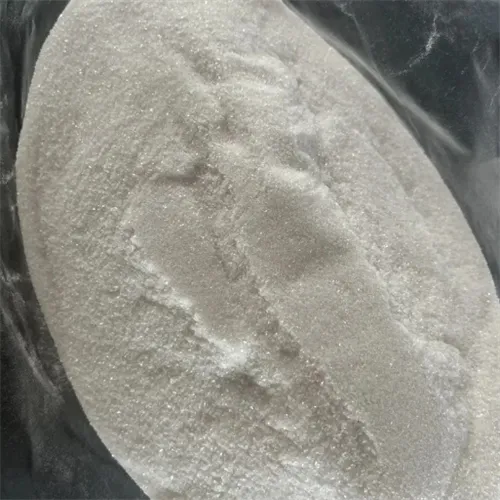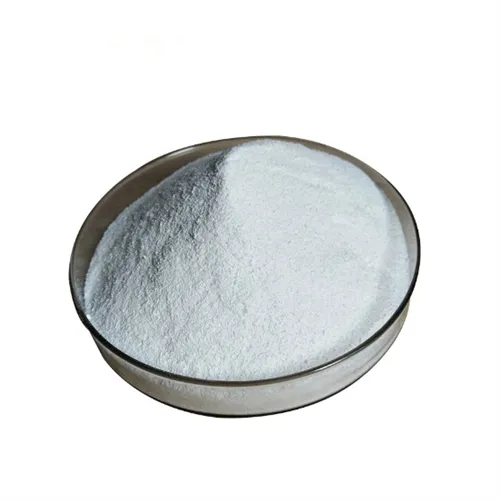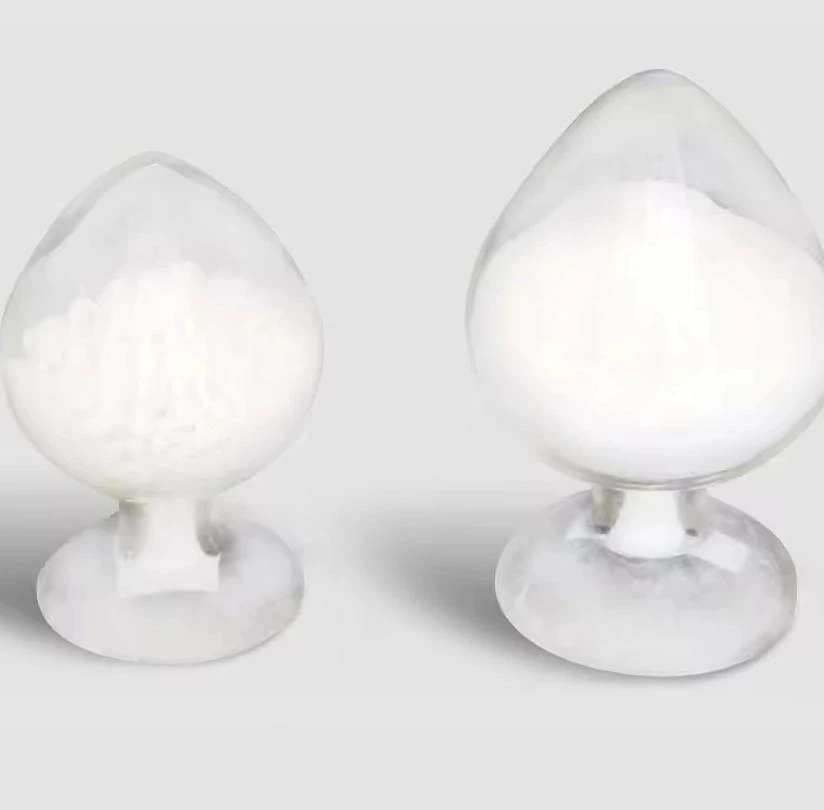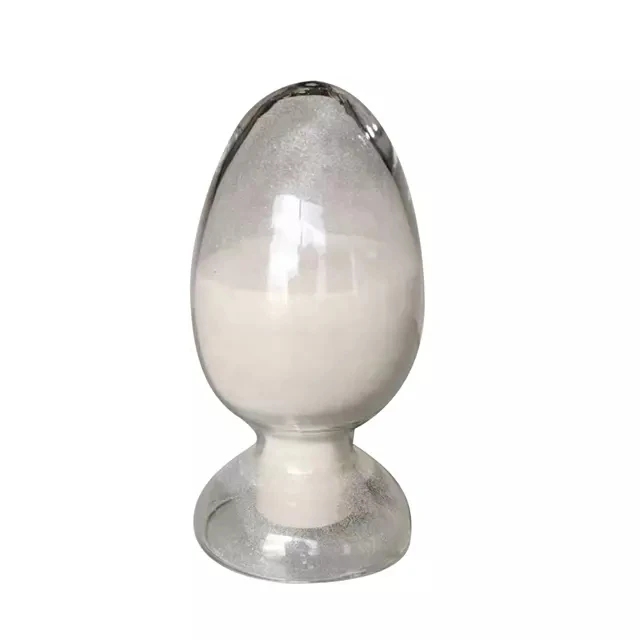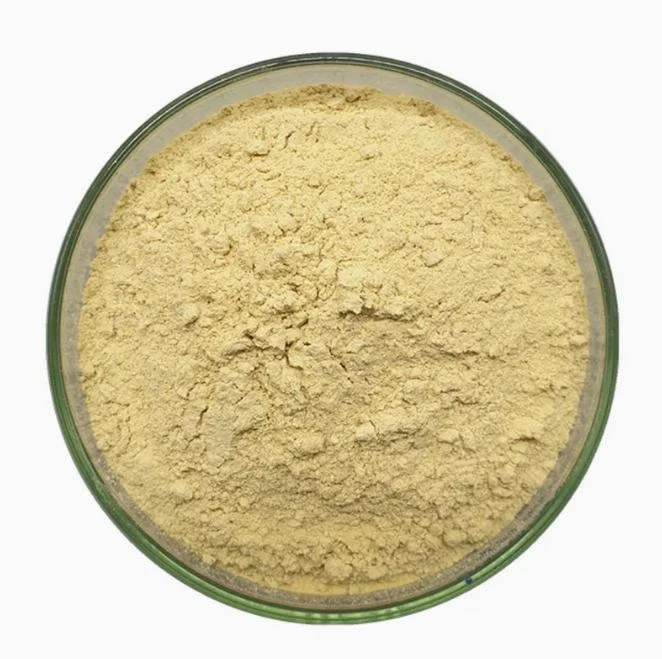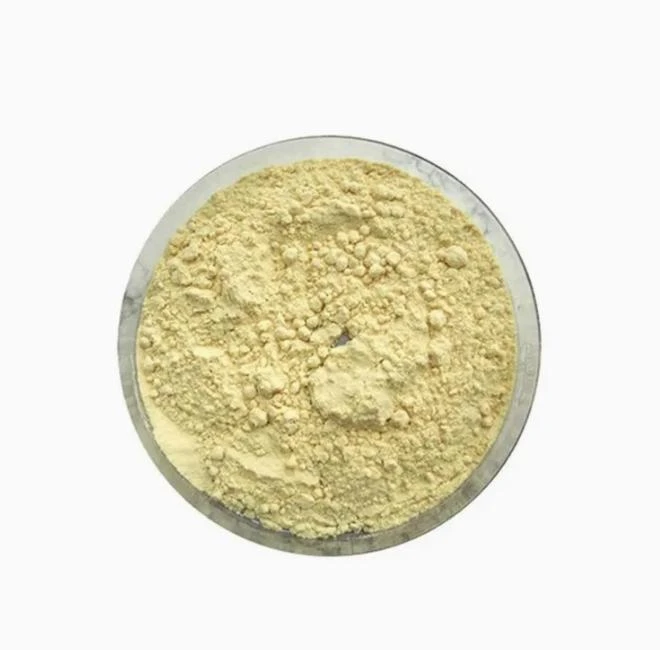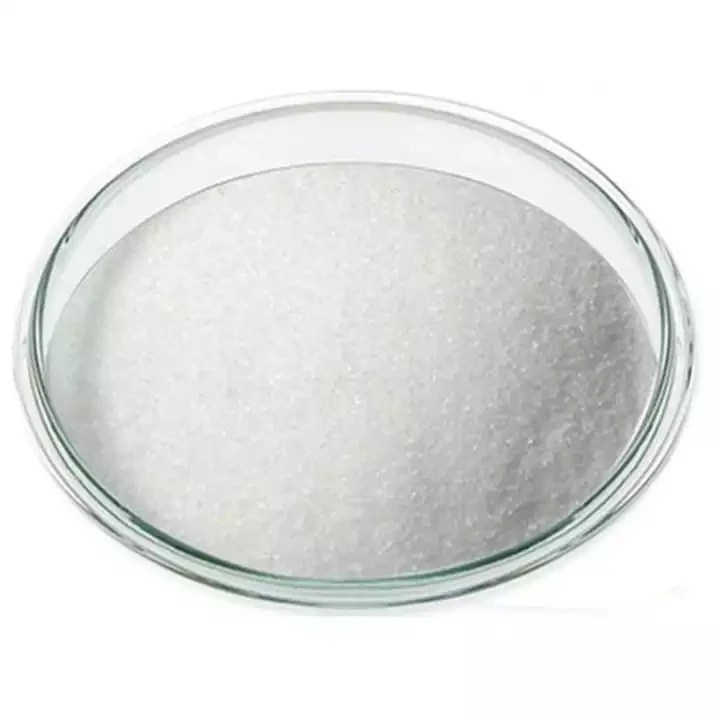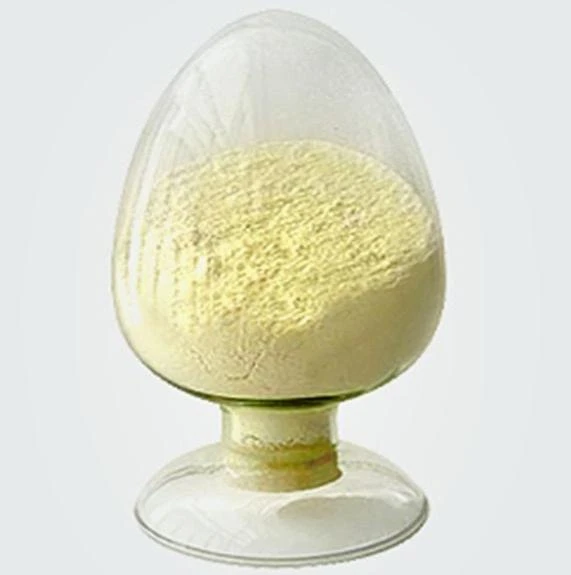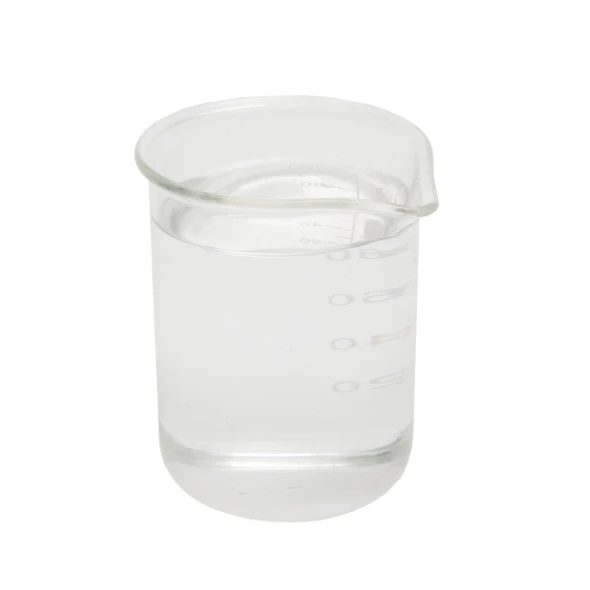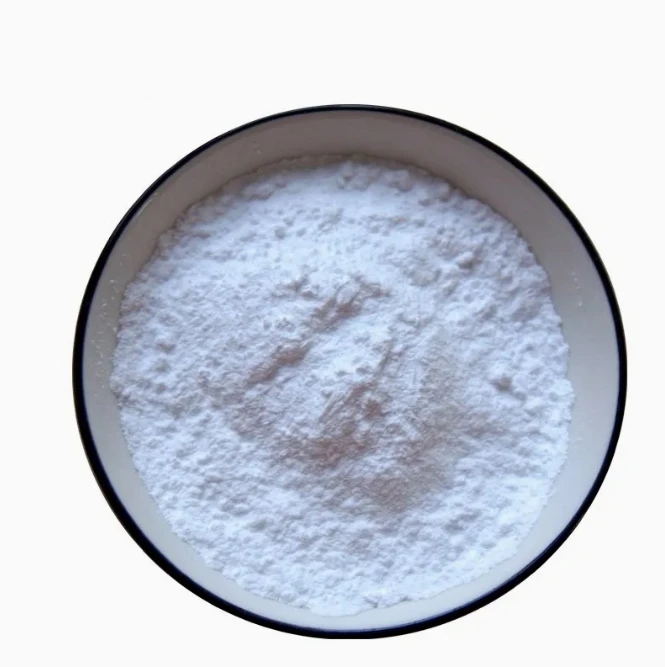Warning: Undefined array key "file" in /home/www/wwwroot/HTML/www.exportstart.com/wp-content/themes/1198/header.php on line 7
Warning: Undefined array key "title" in /home/www/wwwroot/HTML/www.exportstart.com/wp-content/themes/1198/header.php on line 7
Warning: Undefined array key "title" in /home/www/wwwroot/HTML/www.exportstart.com/wp-content/themes/1198/header.php on line 7
- Afriken
- Albanè
- Amarik
- Arab
- Amenyen
- Azerbaydjan
- Basque
- Belarisyen
- Bengali
- Bosnyen
- Bulgarian
- Catalan
- Cebuano
- Lachin
- Lachin (Taiwan)
- Kors
- Kwoasyen
- Czech
- Danwa
- Olandè
- angle
- Esperanto
- Estonyen
- Finnish
- franse
- Frisyen
- Galisyen
- Jòjyen
- Alman
- grèk
- Gujarati
- Kreyòl ayisyen
- hausa
- Hawaiian
- ebre
- Non
- Miao
- Ongwa
- Icelandic
- igbo
- Endonezyen
- Ilandè
- Italyen
- Japonè
- Javanèz
- Kannada
- kazak
- Khmer
- Rwandan
- Koreyen
- Kurdish
- Kyrgyz
- TB
- Latin
- Latvian
- Lityanyen
- Luxembourgish
- Masedwan
- Malgashi
- Malay
- Malayalam
- Maltese
- Maori
- Marathi
- Mongolyen
- Myanma
- Nepali
- Nòvejyen
- Nòvejyen
- Occitan
- Pashto
- Pèsik
- Polonè
- Pòtigè
- Punjabi
- Woumen
- Ris
- Samoan
- Scottish Gaelic
- Sèb
- angle
- Shona
- Sindhi
- Sinhala
- Slovak
- Sloveni
- Somalyen
- Panyòl
- Sundanese
- Swahili
- Swedish
- Tagalog
- Tajik
- Tamil
- Tatar
- Telugu
- Thai
- Tik
- Tirkmen
- Ukrainian
- Oudou
- Ouygur
- Ouzbek
- Vyetnamyen
- Welsh
- Ede
- Yiddish
- Yoruba
- Zoulou
Levamisole HCl
Levamisole hydrochloride, an organic compound with the chemical formula C11H13ClN2S, is a white to almost white crystalline powder, which is a kind of insect repellent and biological reaction mediator.

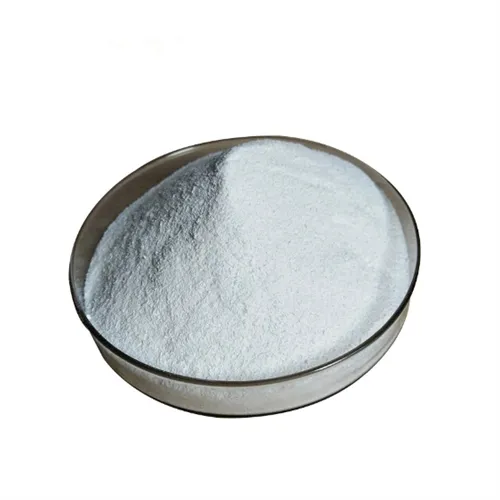
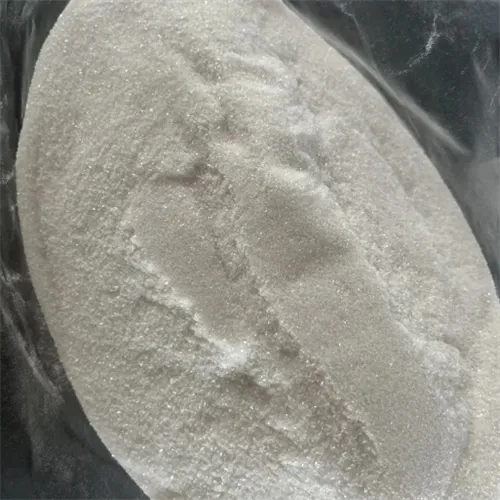
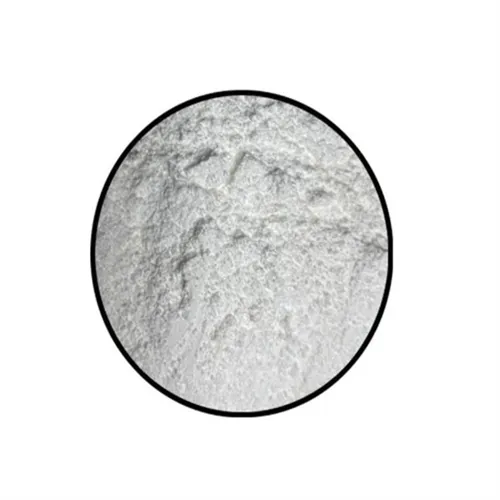
This product is white or white acicular crystal or crystalline powder, odorless.
This product is easily soluble in water, easily soluble in ethanol, slightly soluble in trichloromethane, and very slightly soluble in acetone.
It has good curative effect on roundworm, hookworm, pinworm and strongyloidiasis. Because of the high effective rate of single dose, this product is suitable for group therapy. The activity against Filaria Banneri, Filaria malaya and Onchocerca adults and microfilaria was higher than that of ethamizine, but the long-term effect was poor.
Nou gen anpil faktori-wo kalite ak gwo koperasyon, ki ka ba ou bon jan kalite pwodwi ak pri konpetitif. Epi nou ka bay tou rabè pou acha esansyèl. Epi nou kolabore ak anpil konpayi transpò machandiz pwofesyonèl, ka delivre pwodwi san danje epi san pwoblèm nan men ou. Tan livrezon se sou 3-20 jou apre konfimasyon peman an.
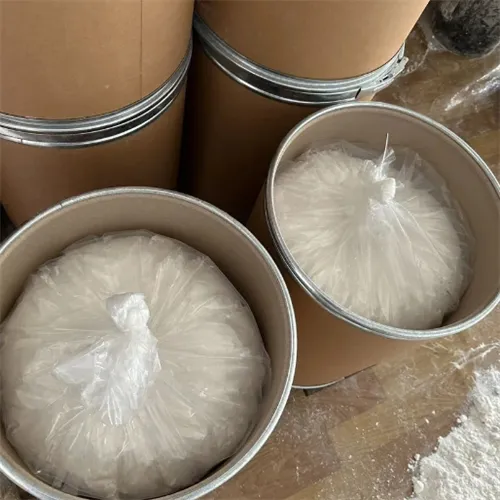
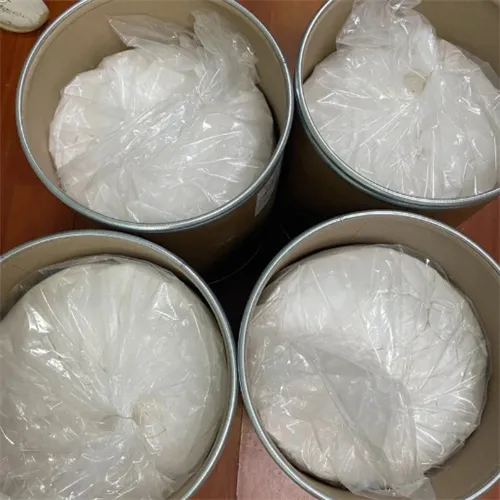
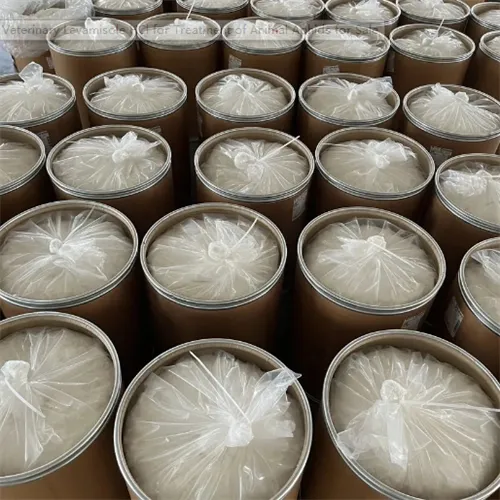

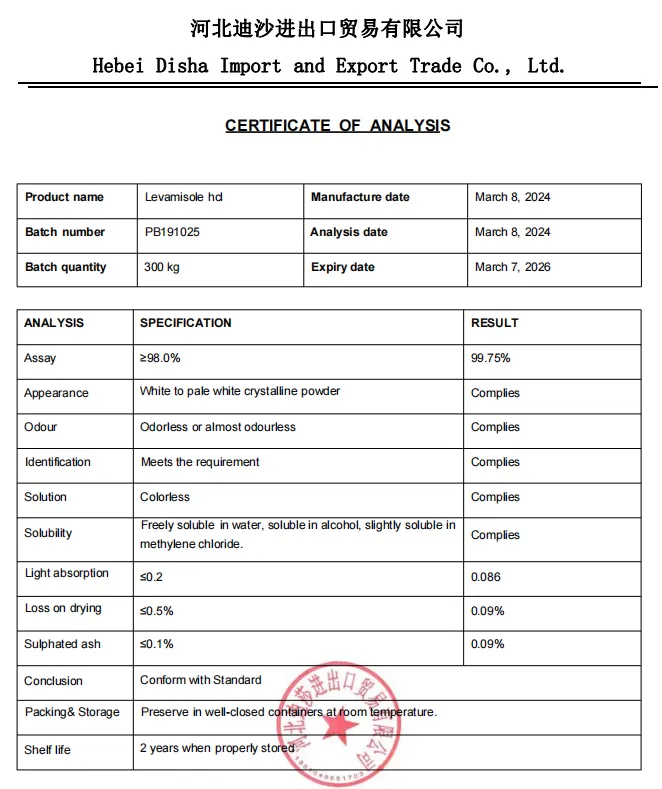
Pharmacology and toxicology:
This product is the left-hand body of tetraimidazole, which can selectively inhibit the succinic dehydrogenase in the muscle of the insect body, so that fumaric acid can not be reduced to succinic acid, thus affecting the anaerobic metabolism of the muscle of the insect body and reducing energy production. When the insect body is in contact with it, it can depolarize the neuromuscle and cause paralysis due to continuous muscle contraction. The cholinoid effect of the drug is beneficial to the excretion of the worm body. Its activity is about 1~2 times that of tetraimidazole (racemic), and the toxic side effects are lower. The drug may inhibit the microtubule structure of the worm. Levamisole also has immunomodulatory and immunomodulatory functions.
Pharmacokinetics:
The peak blood concentration (500mg/mL) was reached within 2 hours after taking 6 tablets, and t1/2 was 4 hours. Metabolized in the liver, this product and its metabolites can be excreted in urine (mostly), feces and respiratory tract, and can also be measured in milk.
Kategori pwodwi yo
-
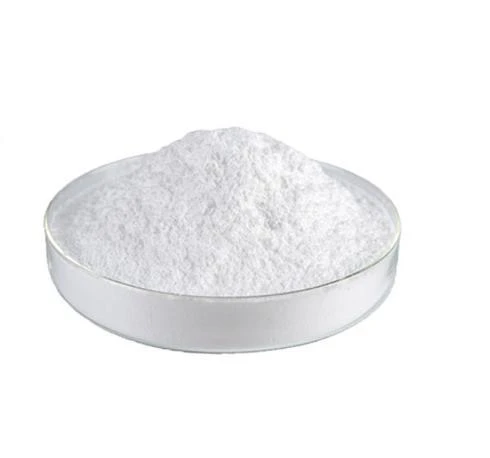 Apr . 27, 2025Zibo will host the 2025 International Chemical ExpoZibo, a city known for its thriving chemical industry, will host the 2025 Zibo International Chemical Expo from May 16 to May 18, 2025. This highly anticipated event aims to bring together industry leaders, innovators and stakeholders from around the world to explore the latest advancements and trends in the chemical industry.
Apr . 27, 2025Zibo will host the 2025 International Chemical ExpoZibo, a city known for its thriving chemical industry, will host the 2025 Zibo International Chemical Expo from May 16 to May 18, 2025. This highly anticipated event aims to bring together industry leaders, innovators and stakeholders from around the world to explore the latest advancements and trends in the chemical industry. -
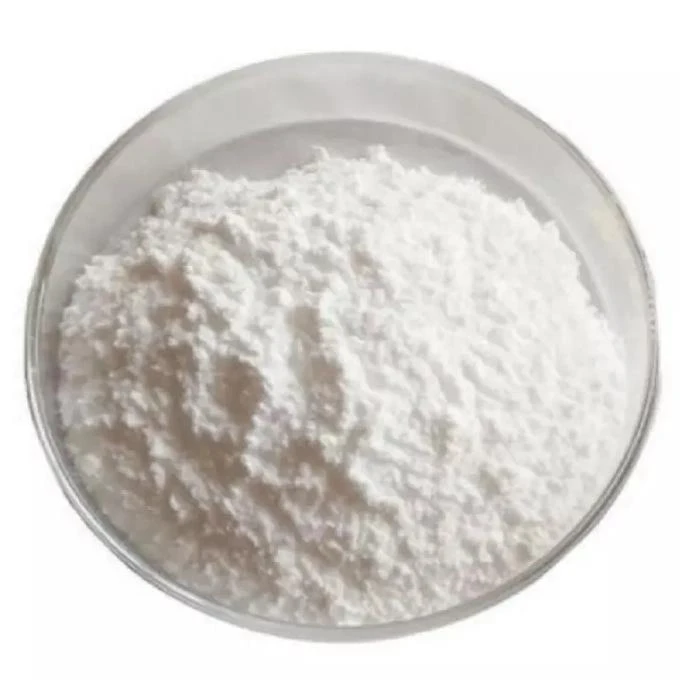 Apr . 22, 20252025 Yokohama Cosmetics Raw Materials and Technology ExhibitionYOKOHAMA, Japan – The City of Yokohama is preparing to host the much-anticipated Cosmetics Ingredients & Technologies 2025 from May 14 to May 16, 2025. The premier event is expected to attract industry professionals, innovators and enthusiasts from around the world to showcase the latest advancements in cosmetic ingredients and technologies.
Apr . 22, 20252025 Yokohama Cosmetics Raw Materials and Technology ExhibitionYOKOHAMA, Japan – The City of Yokohama is preparing to host the much-anticipated Cosmetics Ingredients & Technologies 2025 from May 14 to May 16, 2025. The premier event is expected to attract industry professionals, innovators and enthusiasts from around the world to showcase the latest advancements in cosmetic ingredients and technologies. -
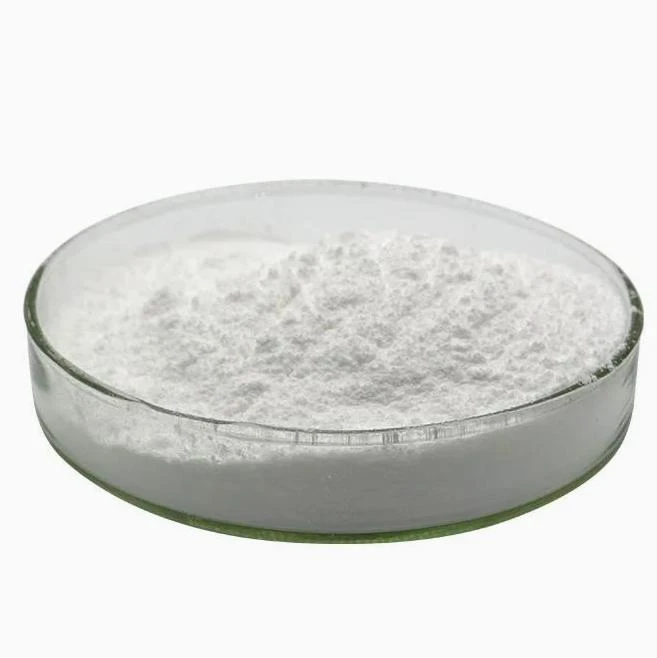 Apr . 18, 20252025 India Mumbai Fine Chemicals ExhibitionMUMBAI, India – The bustling metropolis of Mumbai is gearing up to host the much-anticipated Fine Chemicals Expo on April 29-30, 2025. The premier event is expected to attract industry leaders, innovators and stakeholders from across the world to showcase the latest advancements in the fine chemicals sector.
Apr . 18, 20252025 India Mumbai Fine Chemicals ExhibitionMUMBAI, India – The bustling metropolis of Mumbai is gearing up to host the much-anticipated Fine Chemicals Expo on April 29-30, 2025. The premier event is expected to attract industry leaders, innovators and stakeholders from across the world to showcase the latest advancements in the fine chemicals sector.



